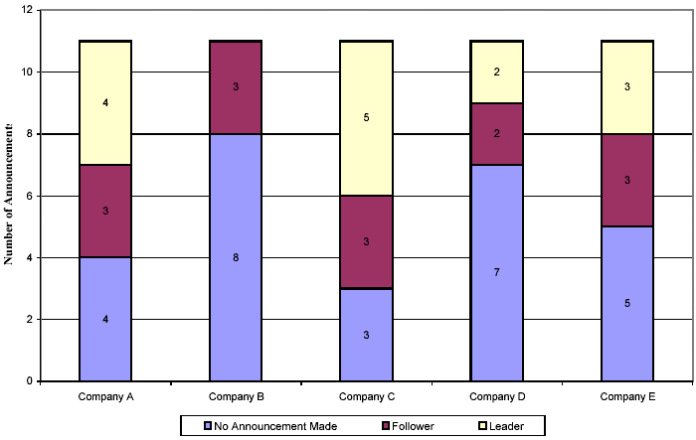
The polls said Hillary Clinton should have won the 2016 presidential election. But the statistics were wrong.
Statistics has been famously called a numbers game, where people rely on graphs and figures to prove their point. But if the experts mess up, then how can students hope to master their datasets?
Statistics can be challenging, but you don’t have to be the outlier among your peers. There are some effective ways for students to enhance their skills in stats—and it doesn’t require fudging the numbers
Tutors: The More the Merrier
Students having trouble with statistics have a greater chance of improving with a tutor.
See what I did there?
This time, the numbers do bear out. Many studies have shown that enlisting a tutor—either in a one-on-one basis or with a group—will increase student performance. In fact, one study shows that a “flipped classroom,” with tutors filling in for one teacher, was more successful than the traditional methods.
This is because tutors are more like mentors rather than teachers. One study of tutoring at the community college level shows that 60% of all adult learners need remedial math in their first year. Tutors know that adult learners are often stretched thin in terms of time, outside commitments, and a tight budget. Peer tutors have often been in their students’ shoes, and they are there to help, not judge or grade.
Fill in the Blanks for Better Statistics Homework Help Online
Getting a tutor is one major approach to reducing the margin of errors in grades. But there are other methods for students to get through their stats class.
One of the main hurdles in statistics is the language. Terms like “regression” and “correlation” sound like they are out of Star Trek. Since everything revolves around numbers, it becomes doubly hard to understand the definitions.
One effective way to learn the lingo is to make a game of it. And by “game,” I mean a real game. One study has found that gamification works well with statistics terms (Richardson and Dunn). By making crossword puzzles, word searches, and sorting exercises centered on “mean,” “median,” and “standard deviation,” students can quickly memorize the definitions.
Picture This During Your Statistics Homework
But learning the rights is only half the battle. How can you see the numbers play out?
Statistics is actually pretty visual. Dealing with percentages and chance can easily be adapted into graph form. Pie graphs, bar graphs, line graphs, and other curves are neat ways to sum up data that can be understood at a glance.
Students can use graphs not only to understand data, but to see how data is grouped. There are a lot of free online programs that create graphs out of data, such as the Create a Graph hosted by the National Center for Education Studies. It might be a bit too simple for adult learners, but it gives students the basics in how data is plotted and how to interpret the data.
It’s a bit of reverse engineering. By plotting points, students can see how the relationship between numbers form. Once they have the solution, they can go back and see how it all came together.
Excel-ling in Stats Homework
For those who want something a little stronger, try Excel or any other spreadsheet program. Students get a lot more functions and the program’s power to crunch numbers has been a staple in computer programming for decades. Students who get the basics down don’t go it alone; they can use programs like SPSS, in which software does most of the heavy lifting (Morris).
That brings up another method. Make it relevant.
Statistics aren’t just for geeks who love numbers. It’s crucial in any business that uses data science (Kazak, Fujita, and Turmo). Whether in sports, marketing, or politics, statistics tell us what’s working, what needs fixing, and what’s doable with what we have.
Students can make statistics relevant by using real data from topics that interest them. Healthcare, for example, heavily relies on statistics, such as juggling time, care, resources available, and personnel needed in a busy hospital (Heavey).
Crunching Numbers With Computers
Statistics can be made easier with tech. Excel and SPSS are great tools that can create a graph in the press of a button. But students need to learn the basics first so that they know how to use the programs effectively.
That brings up the last point. Keep practicing. Statistics can be a guessing game and, as we know, even the pros mess up big time—like two presidential elections in a row. That’s why you gotta keep practicing.
The good news is that you’re not alone. Setting aside the tech, there are a lot of different ways students can get the assistance they need for statistics. Tutors, creating charts and games, and turning to peers truly do build strengths in numbers. And from them, you can master any data set.
Stat.





